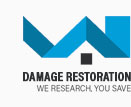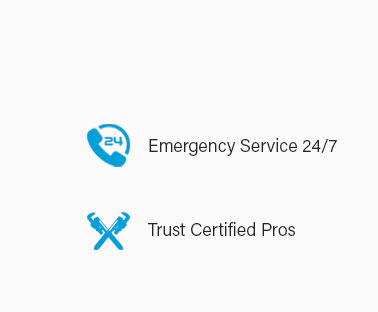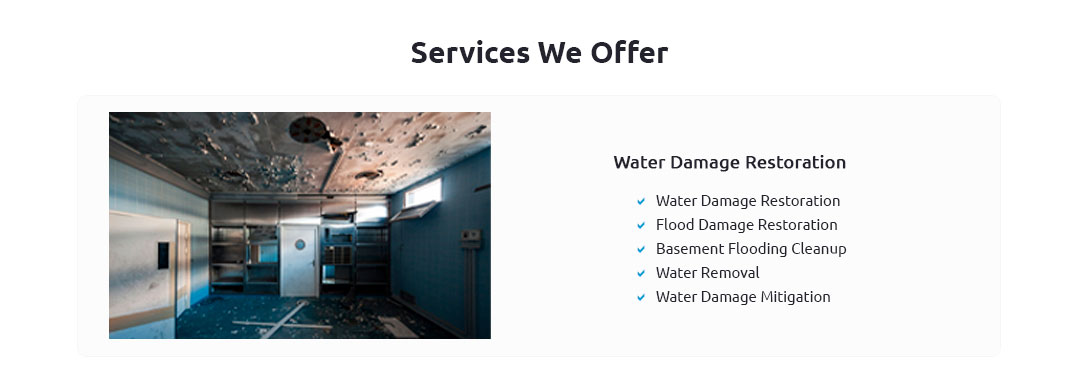 |
 |
 |
|
|
 |
 |
 |
 |
 |
 |
 |
 |
 |
 |
 |
|
When disaster strikes, every second counts-our expert water, fire, mold, and storm damage repair services are your lifeline back to normalcy, with fire damage restoration at the helm, bringing not just repair but renewal; we transform devastation into a fresh start, armed with cutting-edge technology and a relentless commitment to excellence, restoring not just your home, but your peace of mind-because you deserve more than just recovery, you deserve a rebirth.
https://m.yelp.com/search?find_desc=fire+damage+restoration&find_loc=Cincinnati%2C+OH
Top 10 Best Fire Damage Restoration in Cincinnati, OH - February 2025 - Yelp - Dry Effect, Rescue Brothers Restoration, Restoration 1 of Greater Cincinnati, ... https://www.teasdalefenton.com/water-fire-mold/fire-damage
Teasdale Fenton Cleaning & Property Restoration is your full-service restoration company for fire and water damage, as well as smoke damage restoration. https://triweh.com/fire-and-smoke-damage-restoration/
Tri-weh is dedicated to helping you pick up the pieces after a home fire. Contact us for fire damage restoration around Cincinnati, OH.
|